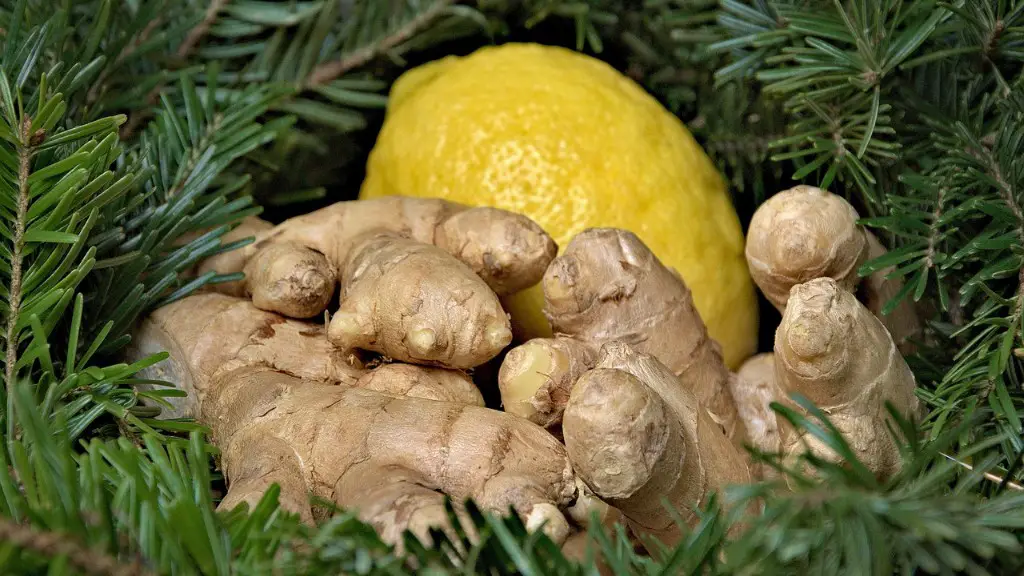When are lemons ready to pick from the tree? It is important to understand the various factors that may influence when a lemon is ready to be harvested. Lemons take a full year to mature and can ripen at different times, depending on the weather and other environmental factors. The ripening process of a lemon starts when the fruit ends its growth and begins to yellow. To ensure that lemons are picked at their peak of flavor and juiciness, several factors should be considered.
The obvious factor of when to pick lemons is the color of the skin. Lemons may range in color, but they are typically an intense yellow when fully ripe. A mature lemon will also feel heavy and be firm to the touch. Lemons that are too hard usually have yet to be ripe and those that are soft should be avoided, as they have passed their prime. Also, early lemons have to remain on the tree for a longer period of time and will not be as sweet as those picked at the proper time.
The sweetness of a lemon is determined by the amount of sugars it contains. The longer the lemon remains on the tree, the higher the amount of sugars it contains. Professional growers usually have trained experts to check and measure the sugar content of the fruit before harvesting it. Lemons need just the right amount of water to reach their peak and the taste of the lemon must be balance of sweet and tart.
Another indication of when to harvest lemons is when the thickness of their skin starts to increase. When that occurs, the lemons are signaling that it is time to harvest them. The ideal time is when the lemon reaches its peak size, succulent aroma, and its perfect balance of juice and acid content; this could vary from tree to tree.
It is important to know when to harvest lemons, as picking them too early or too late will reduce their flavor and quality. If lemons are picked too early, they will not have had time to ripen and will lack flavor and sweetness. Picking them too late will cause them to rot or dry out, affecting their quality. The best way to tell if a lemon is ripe is to give it a gentle squeeze and check its color. If it is intensely yellow and firm to the touch, it is ready to be picked.
In summary, lemons are ready to pick from the tree when they have changed color from green to a bright yellow and have a distinct aroma, sweetness and firmness. The sugar content, color and texture of the lemon must all be taken into consideration when determining when to harvest it in order to receive the best quality and flavor.
Size and Quality
The size of the lemon can be a good indication as to when they should be harvested. If they are small, they are often young and will not yet have fully developed their flavor, sweetness and juiciness. However, if the lemons are large in size, they will usually have had sufficient time to ripen and so can be harvested. Also, the quality of the lemon is dependent upon the ripening process, therefore the best time for harvesting the lemons must be considered in order to obtain the best taste and juiciness.
Climate and Emvironment
The influence of climate and environment on when to pick a lemon must also be considered. Extremes of temperature, or a lack of or too much rain, can affect the ripening process and ultimate quality of the fruit. For example, too much water can dilute the flavor of the lemon and consequently the ideal time for harvesting will be different in areas that are more humid.
Storing and Transporting
Harvesting lemons too early or too late may also affect how they can be transported and stored. Therefore, the timing of the harvesting process should be carefully considered to ensure that lemons can be best preserved for extended periods after being harvested and that their flavor and juiciness is retained. Great care and attention should be taken when handling and storing lemons to avoid damage to the fruit.
Pest control
Another important factor that can influence when to pick lemons is the control and prevention of pests. Pest infestation of citrus fruits, such as scale insects, can cause significant damage to the fruit, and can reduce its quality and growth. The timing of harvesting the lemon should be adjusted to prevent these pests from flourishing, as this can affect the flavor, juiciness and shelf life of the fruit.
